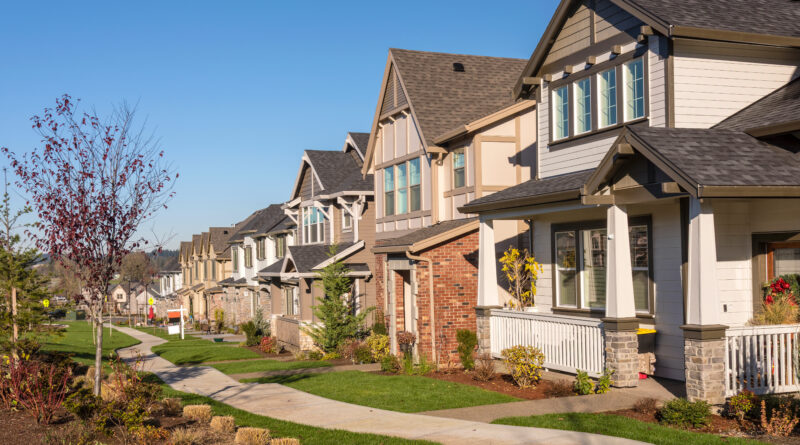Builders are Bullish
Homebuilder sales came in at or slightly above expectations during the spring season, helped by the strength of the initial months of the year. There was a softening of demand starting in March in the wake of higher interest rates, but builders have been able to sustain sales at current levels via mortgage rate buydowns and other incentives such as discounted or included upgrades or discounted premiums. Some builders have stopped offering these concessions, but the majority still do. The average builder’s incentive program equates to a little under 5.0% of the list price.
Despite continued demand pressures and affordability concerns, builders are bullish about the prospects for 2025, evidenced by the aggressive land acquisition activity we are seeing. Large builders are targeting growth in unit volume of 10% or more, so they are looking for new sites where they can open more stores next year.
Sales did soften after March, and the large public builders have continued to take market share away from smaller builders. The softness is also seen in the recent surge of homebuilder inventory, up now to 9.3 months of supply. This is an unusually high level.
The large builders are choosing to sacrifice gross margins in order to maintain unit volume.
The two factors that have allowed builders’ sales to stay as resilient as they have in this high mortgage-rate environment are: (1) low inventories on the resale market, and (2) mortgage rate buydowns. Higher interest rates took the resale market off the table as a source of competition for the builders, because the builders could provide homes when there was virtually nothing available on the multiple listing services. Furthermore, builders could offer a lower financing rate than an individual private seller could.
The level of resale inventory is starting to rise meaningfully, but is still low. If inventory keeps rising, the builders will start to feel more pressure. As time goes on for an individual who is reluctant to sell, personal pressures will tend to mount. The main factors that push people to sell are death, divorce and illness, followed by upsizing, downsizing, moving for a job, moving to a nicer house or a more suitable location.
Brad Hunter runs Hunter Housing Economics, a national consultancy based in West Palm Beach, Florida.

